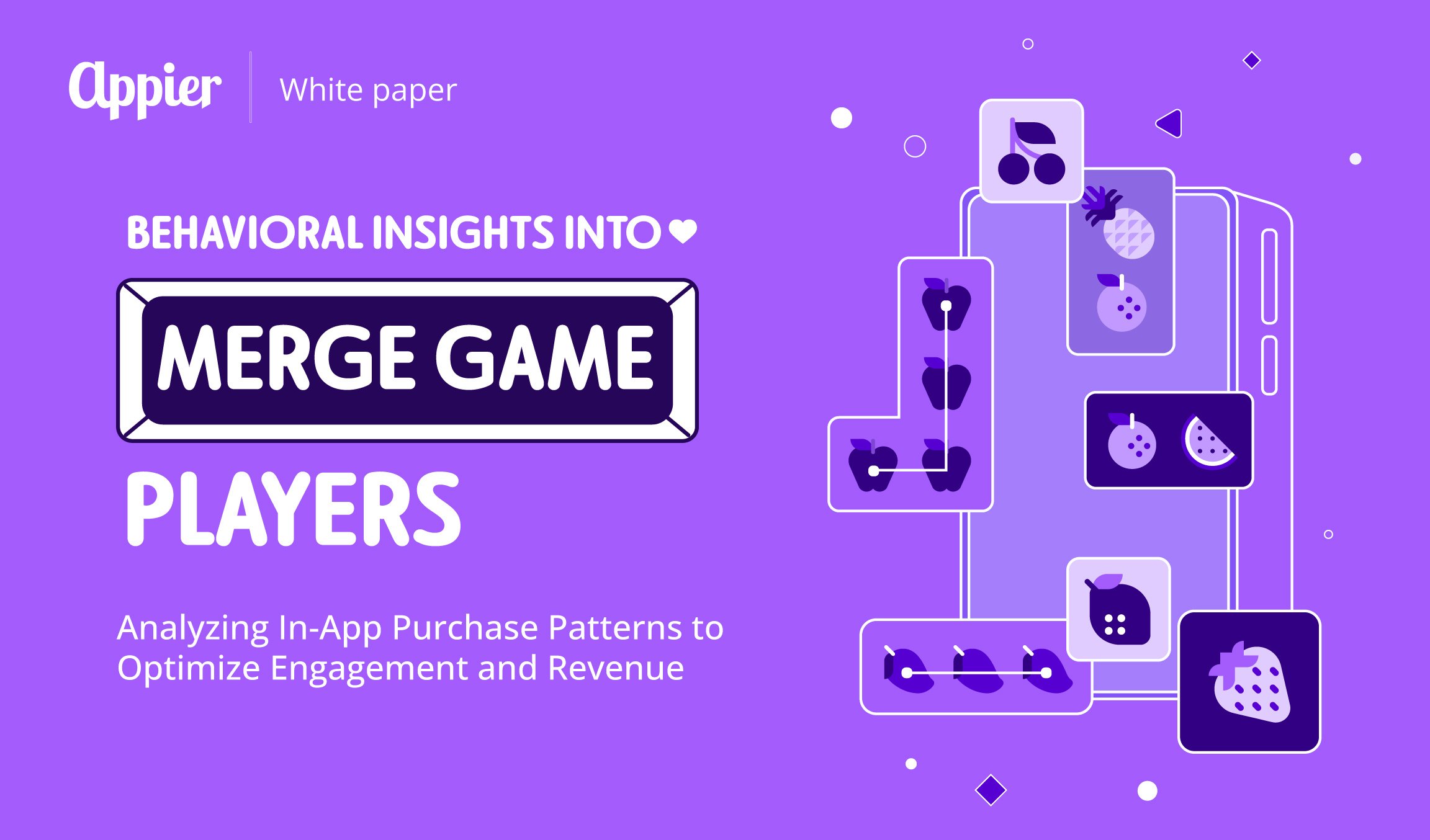In today’s multi-channel, multi-device world, the average consumer uses as many as six touchpoints before making a purchase, compared to just two nearly 20 years ago. Therefore, it is crucial for marketers to map the customer journey and figure out which channels are worth the effort. This is where marketing attribution can help.
What Is Marketing Attribution?
Marketing attribution is the art and science of figuring out which channels, touchpoints or campaigns in the customer journey are driving purchases or desired action.
To do this, you can use attribution models. Attribution modeling is a framework that helps determine how much value or credit to assign to each marketing effort, from in-app advertising to social media and email campaigns.
To track digital customer journeys, pixels and conversion tracking are set up in relevant platforms (such as Google Analytics and Facebook Pixel). It is important to have a consistent system for UTM tagging and tracking that prioritizes clean, complete data.
Why Is Marketing Attribution Important?
Marketing attribution can help you paint a clearer picture of how customers engage with your brand across different channels and touchpoints. By allowing you to credit each with a conversion value, it helps you determine where to best focus your efforts and invest your budget.
Marketing attribution can be challenging to implement and is never 100 percent accurate as there is no perfect model for assigning value. However, it is a critical activity if you are looking to optimize your marketing mix, improve your decision making, and boost your return on investment.
Different Types of Marketing Attribution Models and How They Work
There are many different types of attribution models, ranging from basic single-touch models that only assign value to one touchpoint to advanced models that incorporate data, complex algorithms, and machine learning.
Here is a run-down of five of the most commonly used single- and multi-source marketing attribution models, including how they work and their pros and cons.
1. First-touch attribution model
The first-touch attribution model, otherwise known as the first-click or first interaction attribution model, is a form of single-source attribution. In this model, all credit or value is assigned to the first channel or message a customer engaged or interacted with.
For example, if the customer who has converted first interacted with your brand through organic search or a direct marketing campaign, 100 percent of the credit would be given to that channel or the campaign.
This is a good model for marketers focused on lead generation, as it can help you see which efforts are most effective in creating brand connection. However, this method only prioritizes one channel, while ignoring all others.
2. Last-touch attribution model
The last-touch attribution model, also known as last-click or last interaction attribution model, is also a form of single-touch attribution. In this model, all credit or value is assigned to the last touchpoint before the final sale. This is the go-to model for most marketers and the default for Google Analytics.
For example, if a customer’s last touchpoint was a retargeting ad on Facebook, that campaign would receive 100 percent of the credit. The other channels would receive zero.
The last-touch attribution model is great if you have a short buying cycle with few touchpoints and if you are conversion focused. However, like the first-touch attribution model, it discounts the value of all other interactions, giving the last channel sole credit.
3. Linear attribution model
The linear attribution model is a multi-touch attribution model, meaning each channel is given credit for the final conversion. It involves giving equal weight and credit to each touchpoint that a customer interacts with regardless of where it sits in the customer journey.
This means if the customer journey included a blog, a search ad, an email campaign and an in-app ad, each of these four touchpoints would be assigned a value of 25 percent.
While the linear attribution model delivers a more balanced view and helps marketers develop an interconnected strategy, it fails to highlight the most effective channels. This means some will get more credit than they deserve and others won’t get enough.
4. U-shaped attribution model
The u-shaped attribution model, also known as the position-based attribution model, gives priority credit to two key touchpoints – the first and the last. However, it also takes the other touchpoints into account.
If a prospect first makes contact through Google Search, and then looks at your Instagram page and signs up to your email newsletter, the first and final touchpoints will receive 40 percent value while the second touchpoint will receive the remaining 20 percent.
As the u-shaped attribution model is another multi-touch attribution model, it is good to use if you have multiple touchpoints in the customer journey. However, it is based on the assumption that the first and last touchpoints are the most valuable. They might not be in reality.
5. Custom attribution model
The custom or algorithmic attribution model is a model that is customized to your business, industry, channels, and typical buying behavior. This model involves assigning your own attribution weight or value through a custom model.
Technically it can be hard to set up as it requires a significant amount of data, and takes a lot of time to troubleshoot and fine-tune. However, it is arguably the best model as it provides the most nuanced look at what is driving your conversions.
The custom attribution model is best for brands that have long buying cycles and plenty of historical data. Using this data, machine learning can distribute weight more accurately across different touchpoints.
As more and more channels are thrown into the mix, marketing attribution will become even more critical in sustaining customer satisfaction and revenue growth. Although it is hard to pinpoint which model is the best, by tailoring your approach to your business and making best use of data, you will get the most from your marketing attribution efforts.
* Want to know more about how to develop a more accurate customer journey map ? Get in touch with our team today for an exclusive consultation.



-1.png?width=3000&height=1834&name=SuperLike_%E5%B7%A5%E4%BD%9C%E5%8D%80%E5%9F%9F%201%20(1)-1.png)